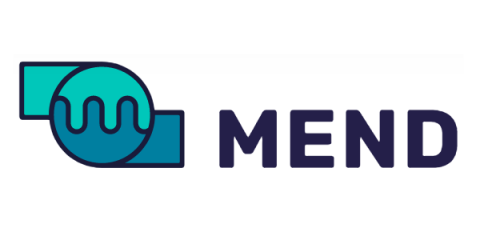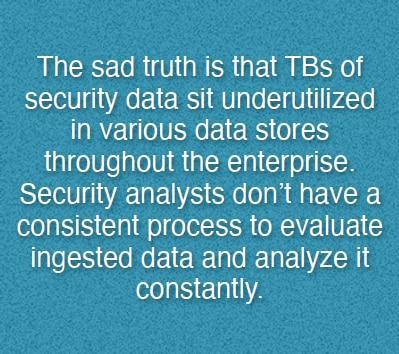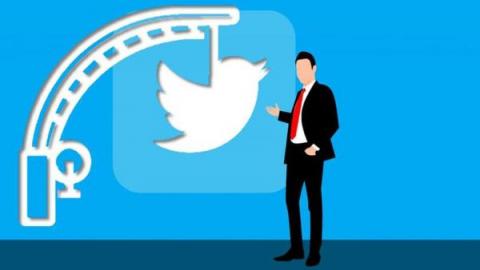Security | Threat Detection | Cyberattacks | DevSecOps | Compliance
Security
CrowdStrike's Approach to Artificial Intelligence and Machine Learning
Secure Python URL validation
Everything on the internet has a Uniform Resource Locator (URL) that uniquely identifies it — allowing Internet users to gain access to files and other media. For instance, this article has a unique URL that helps search engine optimization (SEO) crawlers index it for users to find. The first definition of the URL syntax is in the 1994 Request for Comments (RFC) 1738. Since then, the structure of URLs has gone through many revisions to improve their security.
Modern AppSec Programs Run on Automation
This is the fourth of a six-part blog series that highlights findings from a new Mend white paper, Five Principles of Modern Application Security Programs. Be sure to look out for our upcoming blogs on each of the five principles. With new headlines every day about organizations that have been targeted by cyberattackers, it’s not surprising that 75 percent of organizations assume they’re likely to have a breach in the next three years.
The Future of Security Operations Centers
Earlier this year, Splunk sponsored the report, "SOC 2025: The Future of Security Operations Centers" from Securosis, which is based on previously published blogs by analyst and president Mike Rothman (now with Techstrong Research).
How Homomorphic Encryption Works & When To Use It
Homomorphic encryption brings a whole new paradigm to encrypting data. In this article, I’ll explain homomorphic encryption, including.
Insights from Dolby and AWS CISOs on the challenges and opportunities in orchestrating the defense of modern applications
Integrity Monitoring Use Cases: Security
Compliance is an essential aspect of every organization, and in business terms, it entails ensuring that organizations of all sizes, and their personnel, comply with national and international regulations, such as GDPR, HIPAA, and SOX. When guaranteeing compliance, many firms frequently overlook security. Gary Hibberd states that compliance with laws or regulations is only the starting point for cybersecurity.
5 Myths About Online Privacy
Every year has been an unfortunate year for online privacy for the past few years. Data breaches and social engineering attacks are at an all-time high, and the concept of online data privacy is challenged to its core, with millions of users being affected every month. IBM’s Cost of a Data Breach Report highlighted that the average data breach cost increased 2.6%, from USD 4.24 million in 2021 to USD 4.35 million in 2022.
Verified users beware! Scammers are exploiting Twitter turmoil caused by Elon Musk's takeover
As everyone has surely heard by now, Elon Musk has bought Twitter. The controversial tech maverick's takeover of the site has caused some consternation for the site's users, employees, and advertisers - and has also proven a golden opportunity for scammers. Numerous verified Twitter users have reported receiving phishing emails from fraudsters, purporting to be a legitimate message from the website.










